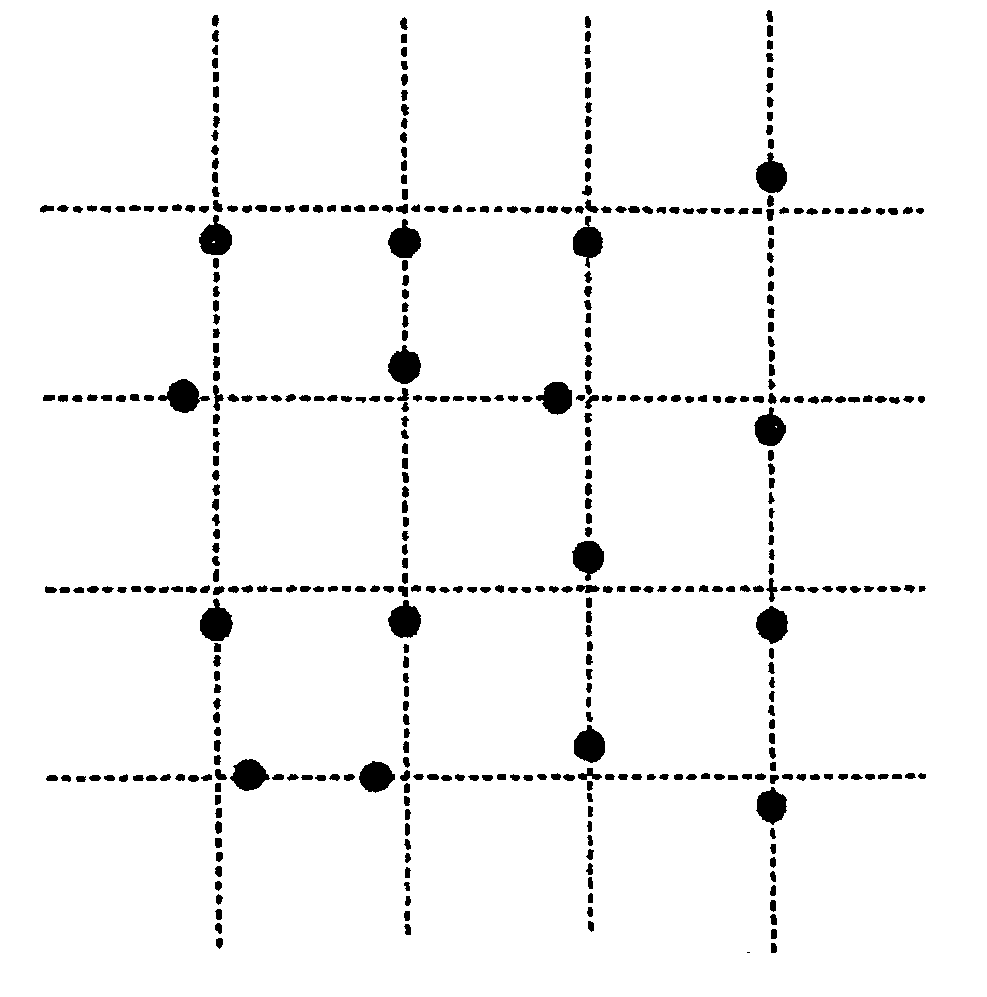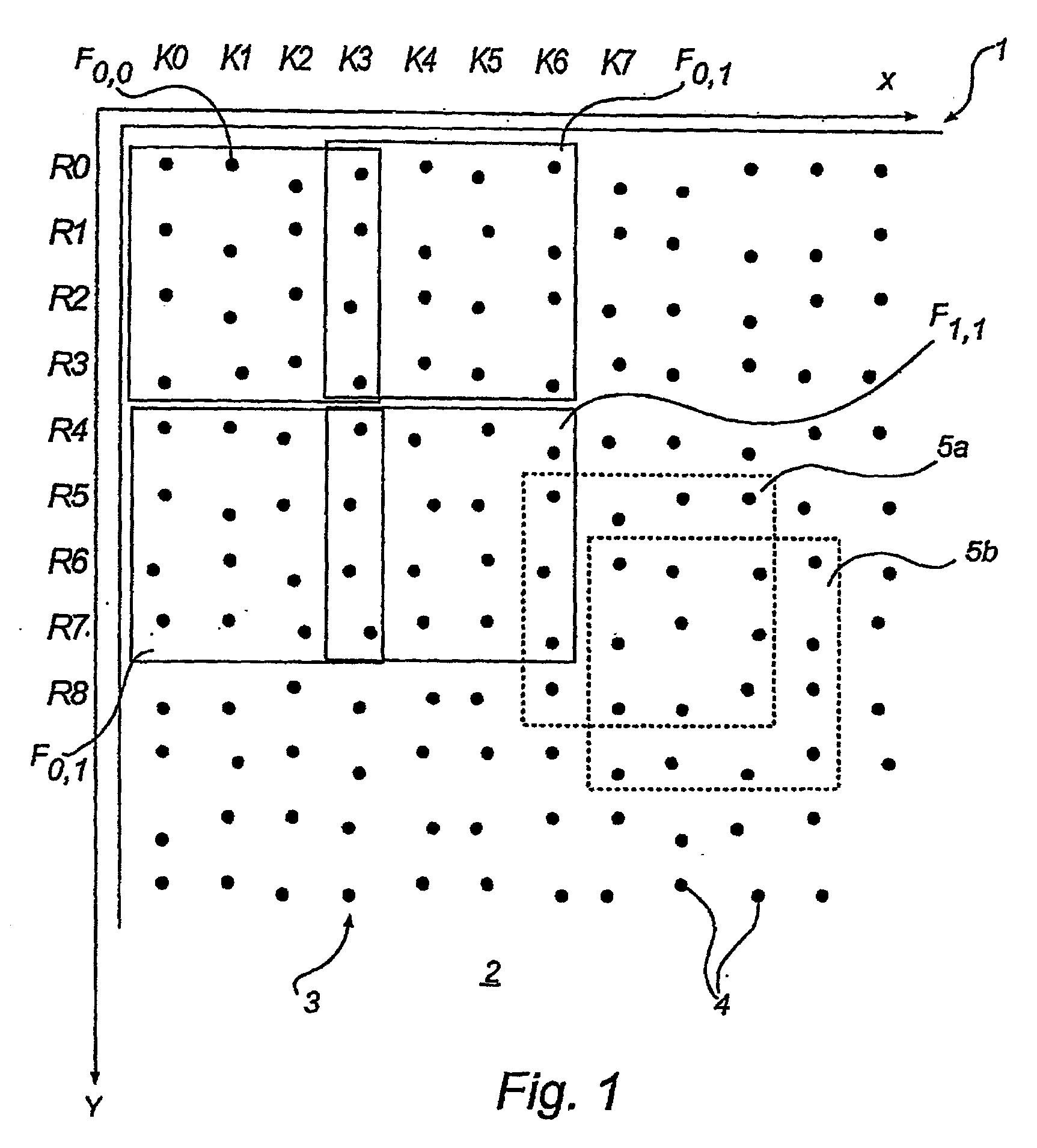Apparatus and method for determining spatial orientation
a technology of spatial orientation and applicability, applied in the field of applicability and method for determining spatial orientation, can solve the problems of increasing the cost and efficiency of solutions derived, not revealing calculating misalignment, and relatively complicated digital pen applications. the effect of reducing the number of electrical components
- Summary
- Abstract
- Description
- Claims
- Application Information
AI Technical Summary
Benefits of technology
Problems solved by technology
Method used
Image
Examples
Embodiment Construction
[0028] For the sake of clarity, the detailed description below of the invention has been divided into a number of part descriptions. By way of introduction, a coding pattern may be described with reference to FIGS. 1, 2a-d, and 3. As outlined above, this coding pattern may represent positional information, but can also represent other information. After the description of the coding pattern, an example of apparatus that may read the pattern is then described with reference to FIG. 4. The way a pattern can be used for calculating spatial orientation of an apparatus reading the pattern is then described with reference to FIGS. 5 and 6.
[0029] Although only one example of a coding pattern will be used in illustrating the invention, it is possible to make use of any other suitable coding pattern. Examples of such patterns are to be found in U.S. Pat. Nos. 5,852,434, 5,051,736, EP-A-0 469 864 (Xerox) as well as assignee's own disclosure WO 00 / 73983, which is hereby incorporated by referen...
PUM
 Login to View More
Login to View More Abstract
Description
Claims
Application Information
 Login to View More
Login to View More - R&D
- Intellectual Property
- Life Sciences
- Materials
- Tech Scout
- Unparalleled Data Quality
- Higher Quality Content
- 60% Fewer Hallucinations
Browse by: Latest US Patents, China's latest patents, Technical Efficacy Thesaurus, Application Domain, Technology Topic, Popular Technical Reports.
© 2025 PatSnap. All rights reserved.Legal|Privacy policy|Modern Slavery Act Transparency Statement|Sitemap|About US| Contact US: help@patsnap.com



